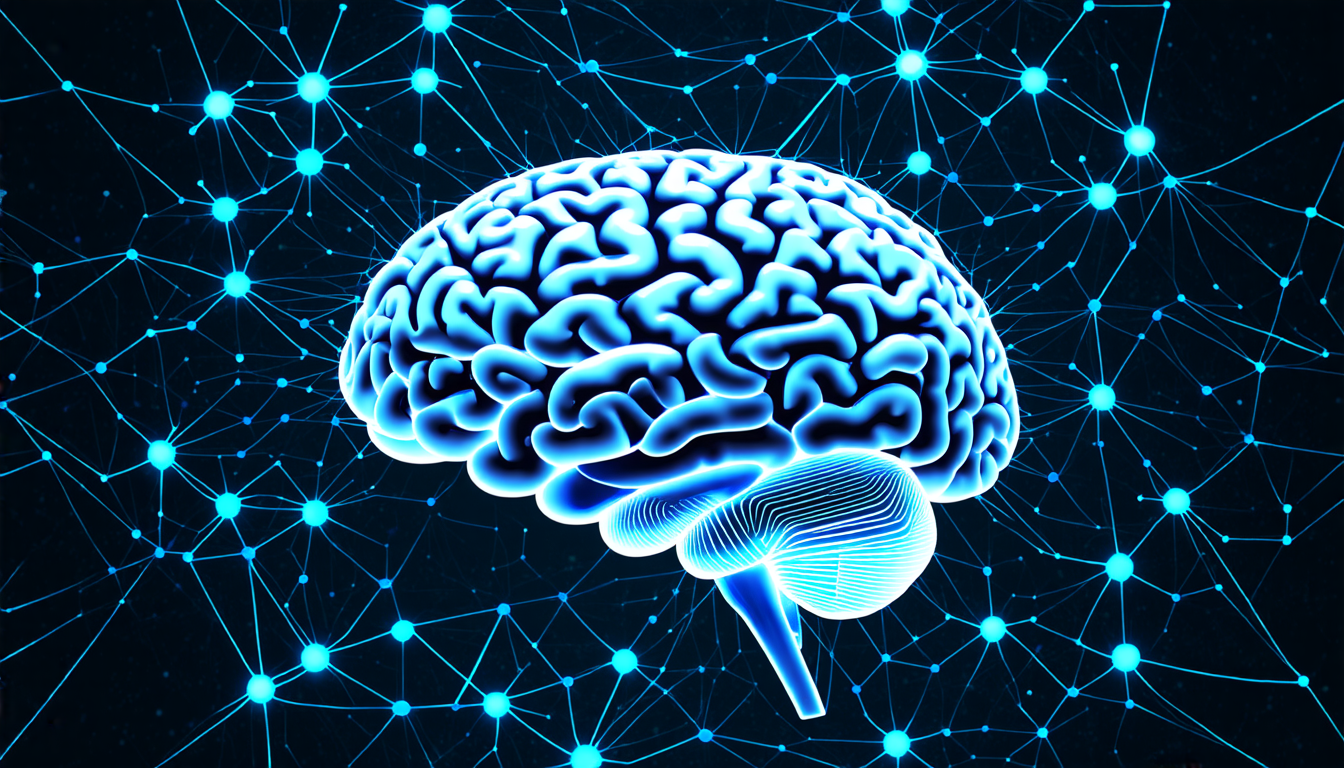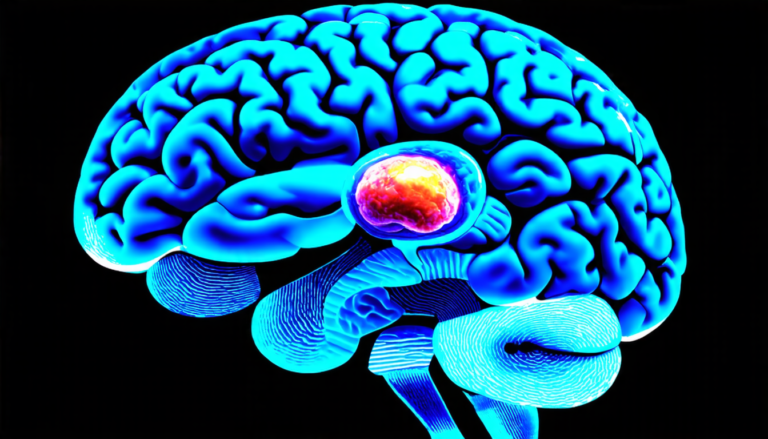Wednesday 09 April 2025
Researchers have made significant strides in developing a new approach to diagnosing and understanding neurological diseases, such as Alzheimer’s and Lewy body dementia. This innovative method combines artificial intelligence with insights from brain anatomy to create a powerful tool for identifying patterns of brain activity associated with different conditions.
The study used a type of neural network called BrainNet- MoE, which is designed to mimic the way the human brain processes information. By analyzing data from functional magnetic resonance imaging (fMRI) scans, researchers were able to identify specific brain regions and networks that are affected by different diseases. This allowed them to create a diagnostic tool that can accurately distinguish between Alzheimer’s, Lewy body dementia, and healthy individuals.
One of the key advantages of BrainNet-MoE is its ability to identify subtle patterns in brain activity that may not be apparent using traditional diagnostic methods. For example, the study found that people with Lewy body dementia showed a distinctive pattern of brain activity in the posterior cingulate cortex, an area involved in attention and memory. This finding could potentially help doctors diagnose the condition earlier and more accurately.
The researchers also used their approach to investigate the relationships between different brain regions and networks. They found that the connections between these regions were disrupted in people with Alzheimer’s disease, which may contribute to the development of cognitive impairment.
This study has important implications for our understanding of neurological diseases and could potentially lead to new treatments. By developing a more accurate diagnostic tool, doctors may be able to identify people at risk of developing dementia earlier, allowing them to take steps to reduce their risk. Additionally, the researchers’ findings on disrupted brain connections in Alzheimer’s disease could inform the development of therapies that target these connections.
The study is also an example of the power of interdisciplinary collaboration between computer scientists, neuroscientists, and clinicians. By combining expertise from different fields, researchers can develop innovative solutions to complex problems.
Overall, this research highlights the potential of artificial intelligence and brain imaging techniques to revolutionize our understanding of neurological diseases. As we continue to learn more about the intricate workings of the human brain, we may uncover new ways to diagnose and treat these conditions, ultimately improving the lives of millions of people worldwide.
Cite this article: “Unlocking the Secrets of Brain Networks: A Novel Approach to Diagnosing Rare Neurodegenerative Diseases”, The Science Archive, 2025.
Artificial Intelligence, Neurological Diseases, Brain Anatomy, Alzheimer’S, Lewy Body Dementia, Functional Magnetic Resonance Imaging, Fmri Scans, Neural Networks, Brain Activity, Brain Regions







